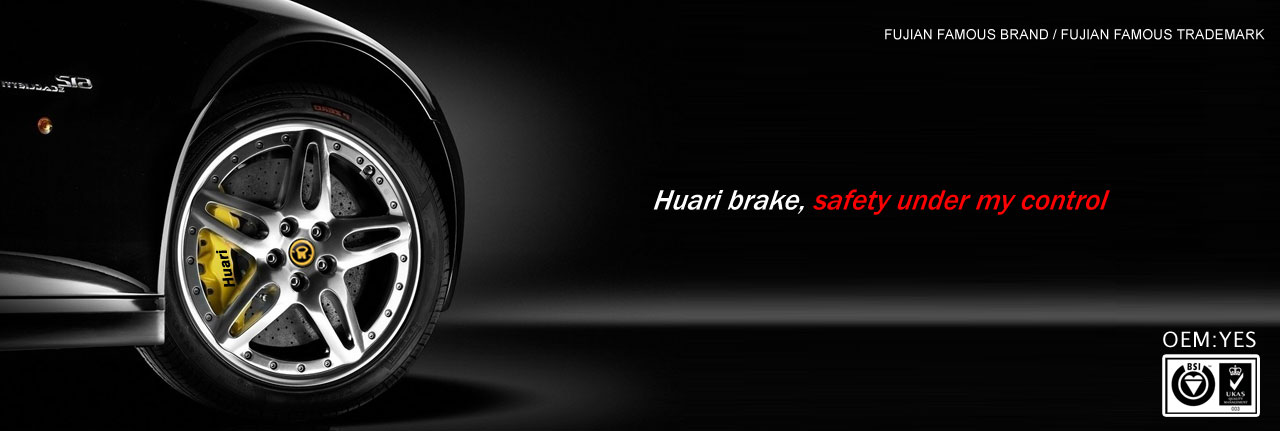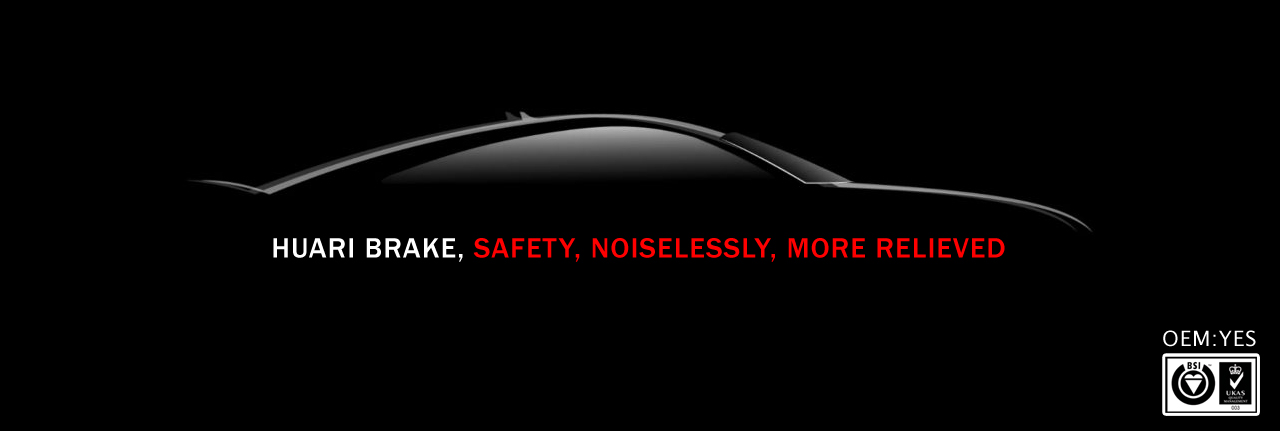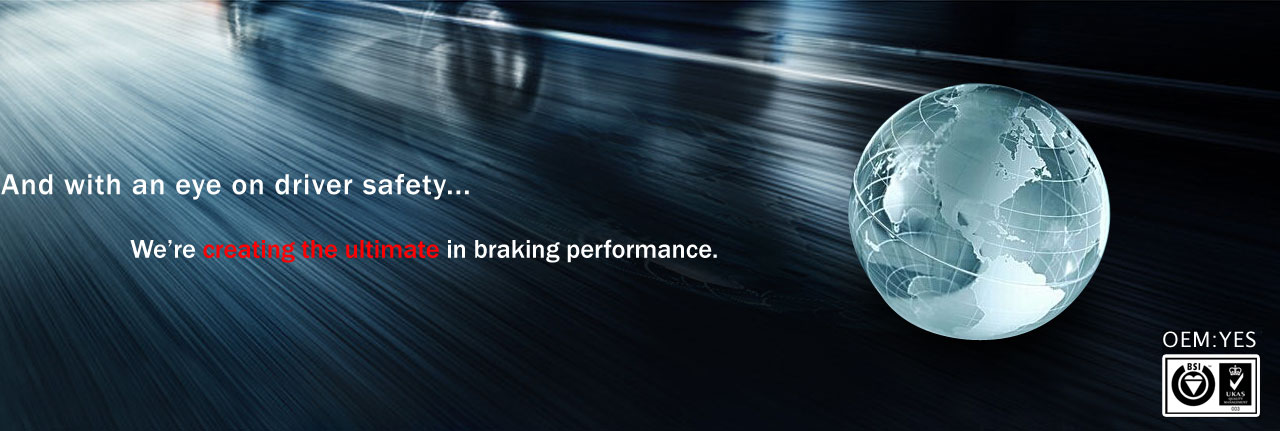When brake fluid (as seen through this circular window) is as dark as mud, it's full of crud, change it.
HOW HYDRAULIC DISC BRAKES WORK AND HOW TO IMPROVE THEM
When it comes to creating speed, most of us have a pretty good idea of what’s involved. Essentially, the faster we want to go, the more power we need to extract from the engine. What’s less obvious is that as velocity increases, so does the required braking force needed to overcome it.







In the bad old days of mechanical drum brakes, leverage and the self-energizing, or “servo,” effect of the brake were all that was needed to stop even the fastest motorcycle, but back then a fast bike had maybe 50 horsepower and rarely exceeded 400 pounds. As bikes grew heavier and more powerful, it became evident that something better was needed. That something was the hydraulic disc brake.
1 of 6
Hydraulics 101
Why hydraulic disc brakes? The short answer is that disc brakes provide a lot of stopping power in a compact and uncomplicated package—far more in most cases than even the most exotic drum brake. On the downside, they require a lot of effort to work properly, which is where hydraulics come in. Hydraulic actuation provides an easy, predictable way to multiply force without using a rattrap of levers, pulleys and cranks, and thus lends itself quite nicely to motorcycle application.
Bear in mind that under normal circumstances liquids are incompressible. When we connect two (or more) containers of liquid with a pipe and then put pressure on one container, that pressure is transferred directly to the liquid in the other container(s). Here’s what makes hydraulics so useful. If the containers are the same size, the pressure exerted on one container is transmitted unchanged. However, if the two containers are different sizes and pressure is exerted on the smaller of them, the pressure, when measured at the larger container, will be multiplied in direct proportion to the size differential between the two containers.
That’s a simplified explanation, but in a nutshell it’s how a hydraulically actuated disc brake works. Two cylinders are connected with a hose and filled with fluid. The smaller, or master, cylinder has a lever connected to it that pushes against a small piston. When the piston moves, hydraulic pressure is transmitted through the fluid to the brake caliper, where it acts against a much larger piston. The larger piston multiplies the force to press the brake pad against the disc, slowing the motorcycle. Everything else is just details.
As you may have guessed, varying degrees of power and “feel” can be built into the brakes simply by manipulating the size difference between the master cylinder and the caliper.

Photography by Mark Zimmerman
Take a look at your brake pads when they're new so you'll have some idea of what a good set looks like. When the pads have worn to 1.5mm or less, replace them.
Keep Them Working
Because they’re so reliable, hydraulic brakes are like red-headed stepchildren. The only time anyone pays attention to them is when there’s trouble, and by then it’s usually too late. Here’s a few simple things you can do to prevent your daily ride from becoming way more exciting than it has to be.
Brake Fluid: If I had to pick the most overlooked aspect of brake maintenance, it’d be regular brake-fluid changes. Most motorcycles use DOT 4 brake fluid, which is a polyglycol-based substance with a fairly high boiling point when dry. Unfortunately, DOT 4 is hygroscopic, meaning it’ll absorb water directly from the atmosphere. As the water becomes entrained with the brake fluid, it lowers the fluid’s boiling point, and since the water is heavier than the brake fluid, it sinks to the lowest point in the brake system, namely the caliper. Calipers can get mighty hot in use. In fact, they can get so hot they’ll cause any water in there to boil, releasing vapor bubbles into the brake fluid, which isn’t a good thing. Vapor, like air, is infinitely compressible, meaning it won’t transmit any braking force. When you’ve got vapor in your brake fluid, you can squeeze the lever until you’re purple and you still won’t have any brakes. This unpleasant phenomenon is known as brake fade, and trust me on this, it’s an experience we can all do without. Fortunately, when things cool off, the system should return to normal, which will be of little comfort if the brakes are now attached to a wadded-up motorcycle.
Admittedly, that scenario is unlikely to occur on the street unless you’re doing something really silly, but water-contaminated brake fluid does far more insidious damage. The larger problem is that the water forms a nasty goop in the system, which can plug up the tiny ports in the master cylinder. Furthermore, it creates rust and corrosion in the master cylinder and the caliper, ruining their bores and eventually turning them into very expensive paperweights. Regularly flushing and cleaning the brake system takes very little time and goes a long way toward keeping your brake system healthy. For a bike under normal use, I’d recommend changing the fluid on a yearly basis, or whenever it becomes discolored.
When changing the fluid, be certain to use only the type of fluid recommended in your manual (it’ll be listed on the master cylinder cap as well), and remember that most brake fluids, DOT 3 and 4 in particular, are corrosive. Make sure to protect your bike’s finish, and more importantly, yourself (particularly your eyes), from any fluid.
2 of 6

Photography by Mark Zimmerman
A rusty, crusty brake pin should never be reinstalled without first cleaning it up to like-new condition.
The Hard Parts: Under normal circumstances, most manufacturers recommend inspecting the pads at fairly long intervals, usually somewhere between 2500 and 4000 miles. If you follow that schedule, you’ll be fine, but the problem is in remembering to do it. Many riders don’t put 4000 miles a year on their bike, which means they may only be checking the brakes once every 12 months or more. In my book, it’s better to get into the habit of checking the brakes on some regular, easy-to-remember schedule—for example, whenever you wash the bike or lube the chain.
Since the majority of pads incorporate some sort of built-in wear indicator, checking one is fairly easy. In most cases, all you’ll need to do is bend down, see that the wear indicators aren’t telling you it’s new pad time and proceed down the road. If an indicator isn’t present, the pads should have at least 1.5 to 2mm of material left on them. If it is time for pads, replace them in accordance with the manufacturer’s procedure (or see our Web site) and don’t overlook the small details, like giving the pins and calipers’ slide rails a thorough inspection and treating the rotor(s) to a good once-over. If the disc surface is extremely rough, scored or blued, it’s time to replace it as well.
It’s worth pointing out that brake hoses, and, in fact, all the brake system’s rubber pieces, are expendable parts and do wear out. Consequently, many manufacturers have a recommended replacement schedule for them. Frankly, I’ve never replaced something like a brake-caliper dust boot unless it was damaged or came in a caliper rebuild kit I was installing, so I’m not going to tell you to do so on a regular basis, either. But that’s just my opinion.
Last, but by no means least, don’t forget that many parts of the brake system involve pivoting and sliding elements, all of which benefit from the occasional spot of lubrication. A drop of oil on the brake lever pivot will go a long way toward keeping things moving smoothly, and any time the brake pads are replaced, the caliper pins, pivots or sliders should be cleaned and lubricated with the proper grease.
3 of 6

Photography by Mark Zimmerman
This OEM pad carries an HH rating, so when it comes time to replace it, you should choose a pad with the same rating. Replacing it with a pad of a lower rating for example, GH or GG, could compromise your stopping power.
Make Improvements
Clearly, a little routine maintenance goes a long way toward improving your brakes’ performance, and in many cases that may be all you’ll ever need. But if not, here are a few simple ways to add a little more whoa to the go.
Aftermarket Pads: Quite often, some degree of improvement can be found by simply replacing the stock pads with something from the aftermarket. The problem is that there’s a bewildering array of aftermarket pads out there. There are sintered pads, organic pads, green pads, red pads, standard pads and, yes, race pads; about the only thing there isn’t is a crash pad, so how do you know which ones to choose?
On the face of it, you can simply look up your bike in your favorite catalog and see what DP, EBC, SBS or any other brake manufacturer recommends for your bike, then install them and find out how they work. It’s not my favorite approach, but one that millions of riders use without problem. Of course, if you know something about brake pads, it’s a lot easier to compare what you’re buying with what’s available, so here’s the short course.
All OEM brake pads carry a two-letter friction rating somewhere on them; it may be stamped, etched or stenciled. The first letter is the cold friction rating, the second the hot. The lower the letters, the less friction the pad produces, and for general-use pads, both numbers will be the same. Currently, HH is the highest rating, so, for example, if you’re comparing two pads, one with a GG rating and the other with an HH, you’ll know that all things being equal, the H-rated pad develops somewhat more braking force than the G-rated pad. Aftermarket pads may or may not be so labeled, but the rating will be listed in the maker’s catalog or as a portion of the pad’s part number.

Photography by Mark Zimmerman
The two most popular types of pads are sintered (top) and organic (bottom).
Use the friction rating as a guide, but don’t forget that brake pads are formulated with more in mind than sheer stopping ability. Because each manufacturer is free to create its pads as it sees fit, pads with the same friction code aren’t identical across the board. An HH-rated pad from one manufacturer may provide a nicer feel at the lever or offer a more predictable application than one from someone else. So while the friction rating is useful, it’s not the only factor you should consider in pad selection.
Pad material is also important. For all-around use, the most popular types of pads are organic, which is somewhat misleading, as the bulk of the pad is made from synthetic Aramid fibers such as Kevlar or Twaron with a smattering of metal chips (when an organic pad contains more than 50 percent metal, it’s referred to as a semi-metallic pad) or sintered pads, which are built from a mix of powdered metals, graphite and carbon, among other things. Each pad type has it pros and cons. In the main, organic pads provide good bite and a decent life span and are easy on the rotors (an important consideration if yours are polished or chromed) and your wallet, all of which makes them popular. Sintered pads stop well with a low lever effort, and bed in quickly. However, they can be hard on rotors and are slightly more expensive. If there’s any doubt as to which pads are most suitable to your needs, consult your bike manufacturer’s recommendations.
5 of 6

Photography by Mark Zimmerman
Other rotors, like this fully floating wave-cut Brembo rotor, are designed to enhance stopping power (and look good).
Stainless Steel Brake Hoses: When hydraulic brakes were introduced, the attached rubber hoses were a little on the flimsy side. When the brake was applied, the hose tended to expand slightly, which in turn gave the brake a mushy feel, reducing its effectiveness. Riders looking for something better quickly discovered that installing aircraft-style stainless steel brake lines, which are actually semi-rigid plastic hoses protected by a stainless steel sheath, gave the brake a firmer feel. Hoses these days are a lot better, and it’s unusual to find a bike that really needs a higher-quality hose, but let’s be honest, that stainless steel line really looks bitchin’, doesn’t it? If you’re replacing your stock brake line because it’s worn out or damaged and you want to go with a stainless or Kevlar replacement, by all means, do so. But don’t expect the 50-percent increase in braking power that one of the manufacturers’ Web sites claims.
In any event, a brake hose is a consumable item and should be replaced whenever it shows signs of deterioration. Bubbles or swelling in the hose’s outer cover, abraded areas and signs of brake fluid weeping past the crimped-on ends mean the hose has outlived its useful life and needs to be replaced.
Aftermarket Rotors: Stock rotors have a high percentage of stainless steel in them. This keeps them looking good, but can reduce “bite.” Aftermarket rotors, at least those sold as “performance” rotors, have less stainless and more iron in them. This increases the friction level, and in most cases they still manage to keep their shine. By the same token, many OEM discs are fixed to their centers. There’s nothing particularly wrong with this, but it can, and I must stress can, lead to disc warping from heat over time. A better solution is a full floating disc, which allows the rotor to float slightly on the carrier. In some cases, installing these may require aftermarket hubs or adapters, which ups the ante somewhat. Furthermore, the standard pads may not be compatible with your new rotors so always follow the manufacturer’s recommendations as to which pads to use should you decide to install aftermarket rotors.

Photography by Mark Zimmerman
Stainless steel hoses always look good and are generally a worthwhile addition.
Aftermarket Calipers: Another way to increase the brake’s bite is to install a more powerful caliper. The problem is that the new caliper’s bore size needs to be compatible with the master cylinder. If an oversize caliper is used with a stock master cylinder, the braking force at the wheel will be increased, while the effort at the lever will decrease. This can make for an extremely touchy situation, one that can put you on your ear in heartbeat, so plan carefully, and consult the new caliper’s manufacturer to make certain the caliper you choose will work with the master cylinder. But if you want the ultimate in stopping power, a matching multi-piston caliper and master cylinder setup combined with a full-floating oversize rotor is a tough hand to beat.
6 of 6

Photography by Mark Zimmerman
This is the front brake on my friend Al's hot-rod FX. Note the dual four-piston P&M calipers (two pistons per side) and the over-sized floating rotors. Al's bike will stop hard enough to part the hair on your chest.
A Couple of Last Thoughts
In general, the current crop of cruisers comes with decent (in some cases very good) brakes, and with just a minimum of care they’ll stay that way for a long time. Major modifications should be carefully considered, both as to their practicality and your ability to safely perform them. Lastly, as I’ve stressed several times, any time a question arises, consult the brake equipment manufacturer. Guessing at solutions, particularly where something as important as your brakes are concerned, should never be an option.
2016-08-19 16:14:58
ADD:No. 1, Xiaban, Xiufeng Village, Shekou Town, Fu'an City, Ningde City, Fujian Province TEL:0086-0593-6388368||6558596 FAX:0086-0593-6338966 E-mail:brake@fjhuari.com / huari3348@126.com
Copyright ? 2013 Fujian Huari Automotive Parts Co., Ltd. All Rights Reserved.
Copyright ? 2013 Fujian Huari Automotive Parts Co., Ltd. All Rights Reserved.








